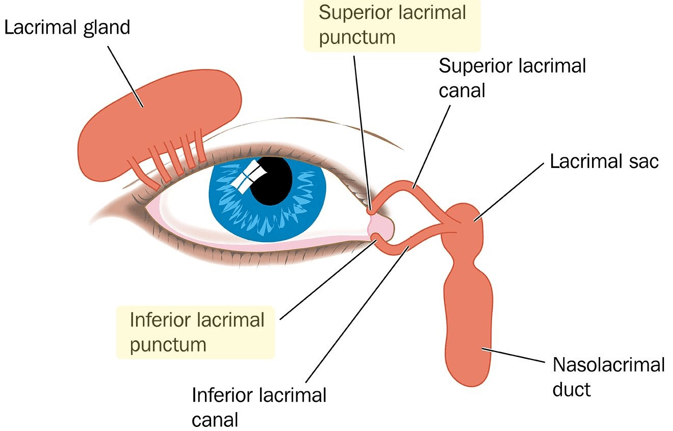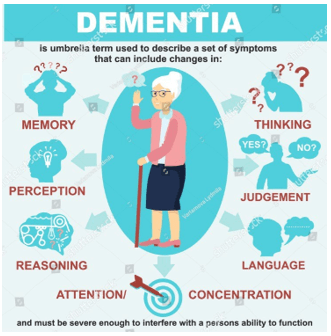A nurse is preparing to administer eye drops to a child.
Which of the following actions should the nurse take?
Apply pressure to the lacrimal punctum after administering the drops.
Position the child side-lying on the bed before administering the drops.
Wipe from the outer to the inner canthus after administering the drops.
Flush the eye with normal saline solution before administering the drops.
The Correct Answer is A
a. Apply pressure to the lacrimal punctum after administering the drops.
When administering eye drops to a child, the nurse should apply gentle pressure to the lacrimal punctum (the small opening in the inner corner of the eye) after administering the drops. This can help prevent the medication from draining into the tear duct and being absorbed into the bloodstream, which can reduce systemic side effects.

Nursing Test Bank
Naxlex Comprehensive Predictor Exams
Related Questions
Correct Answer is C
Explanation
Assessing the client's ability to use the call light is crucial for their safety and well-being. If the client is unable to use the call light to request assistance, it increases the risk of falls or accidents when they attempt to move or perform tasks without assistance. By determining the client's ability to use the call light, the nurse can ensure that appropriate measures are in place to enable the client to call for help whenever needed.
Applying rubber-soled slippers before ambulation helps to provide better traction and reduce the risk of slips and falls, but it can be implemented after assessing the client's ability to use the call light.
Moving the bedside table closer to the bed is helpful for the client to access personal items without the need to reach or stretch, but it is not the highest priority among the given options.
Creating a schedule with assistive personnel for hourly rounding is important for regular checks on the client's safety and well-being, but it can be arranged after assessing the client's ability to use the call light.
Correct Answer is A
Explanation
a. Memory loss that disrupts ADLs
Explanation: Dementia is a condition characterized by a decline in cognitive function that affects a person's ability to perform activities of daily living (ADLs). Memory loss is a common symptom of dementia, particularly in the early stages. The memory loss can disrupt a person's ability to carry out tasks they were previously able to do independently, such as dressing, bathing, and eating. Therefore, option a is the correct answer.
Option b, catatonia, is a condition characterized by a lack of movement or activity, which is not typically associated with dementia.
Option c, illusions, involve a misinterpretation of sensory information and may occur in some forms of dementia but are not a defining feature.
Option d, pressured speech, is a symptom commonly associated with mania or bipolar disorder, but is not typically seen in dementia.

Whether you are a student looking to ace your exams or a practicing nurse seeking to enhance your expertise , our nursing education contents will empower you with the confidence and competence to make a difference in the lives of patients and become a respected leader in the healthcare field.
Visit Naxlex, invest in your future and unlock endless possibilities with our unparalleled nursing education contents today
Report Wrong Answer on the Current Question
Do you disagree with the answer? If yes, what is your expected answer? Explain.
Kindly be descriptive with the issue you are facing.
